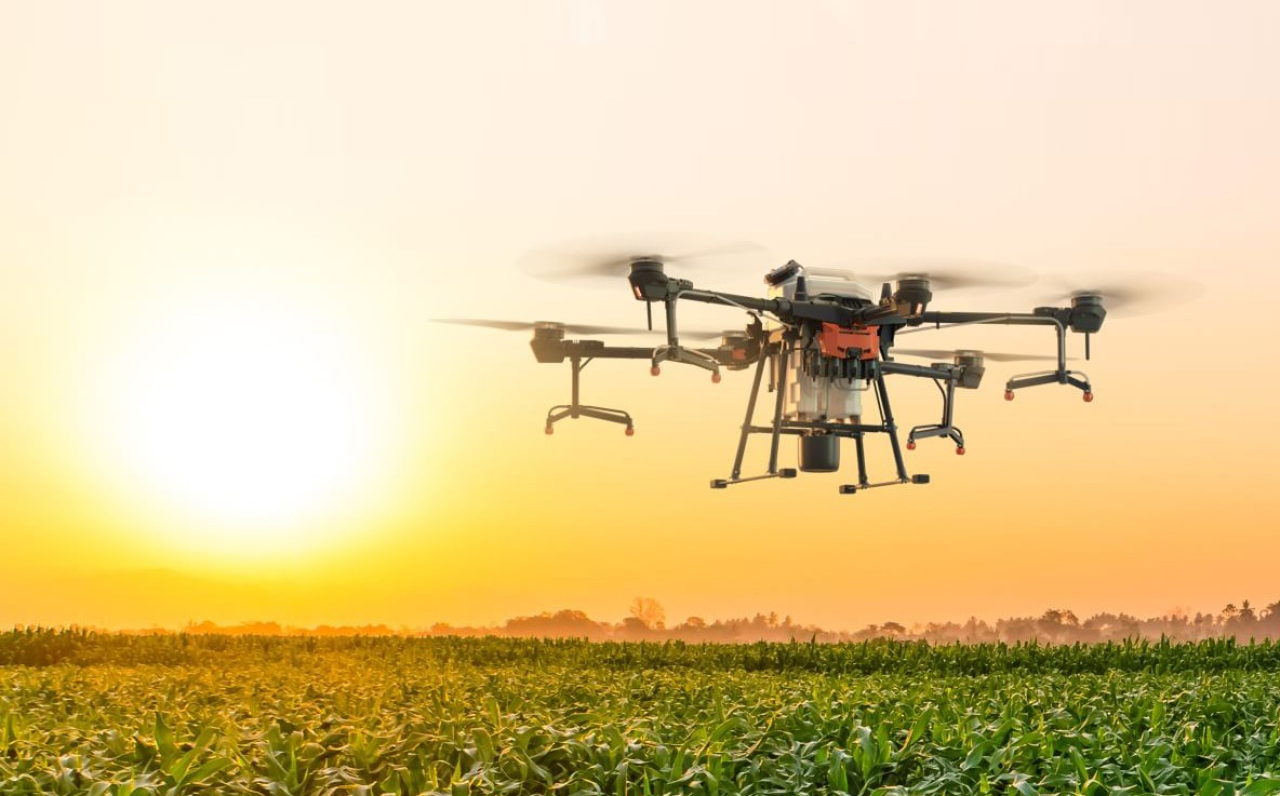Division of Forest and Forest Resources
SPADE: Multi-purpose physical-cyber agri-forest drones ecosystem for governance and environmental observation

End: sep 2026
Start: sep 2022
The strategic objective of SPADE project is to develop an intelligent ecosystem to address the multiple purposes concept in the light of deploying unmanned aerial vehicles (UAVs alias drones) to promote sustainable digital services for the benefit of a large scope of end users in sectors of crop production, forestry, and livestock. This includes individual UAV usability, UAV type applicability (e.g., swarm, collaborative, autonomous, tethered), UAV governance models availability and UAV-generated data trustworthiness.
Project participants
Steffan Lloyd| External project link | Official project website |
| Start - end date | 01.09.2022 - 01.09.2026 |
| Project manager at Nibio | Rasmus Astrup |
| Division | Division of Forest and Forest Resources |
| Funding source | Horizon Europe |
Multi-purposes will be further determined in the sensing dataspace reusability based on trained Artificial Intelligence (AI)/Machine Learning (ML) models. These models will enable sustainability and resilience of the overall life cycle of developing, setting up, offering, providing, testing, validating, refining as well as enhancing digital transformations and “innovation building” services in agriculture. Pilot prototypes will contribute toward greater goals, such as the reduction of deforestation, precision farming and animal welfare. 3 Pilots Prototypes, one per domain (i.e., forestry, cropping and livestock farming), deploying 9 Test Cases combined with 2 Open Calls for up to 12 complementary small projects will contribute toward the goals of sustainable forestry and farming.
Project videos
Publications in the project
Abstract
This article presents a novel, ultralight tree planting mechanism for use on an aerial vehicle. Current tree planting operations are typically performed manually, and existing automated solutions use large land-based vehicles or excavators which cause significant site damage and are limited to open, clear-cut plots. Our device uses a high-pressure compressed air power system and a novel double-telescoping design to achieve a weight of only 8 kg: well within the payload capacity of medium to large drones. This article describes the functionality and key components of the device and validates its feasibility through experimental testing. We propose this mechanism as a cost-effective, highly scalable solution that avoids ground damage, produces minimal emissions, and can operate equally well on open clear-cut sites as in denser, selectively-harvested forests.
